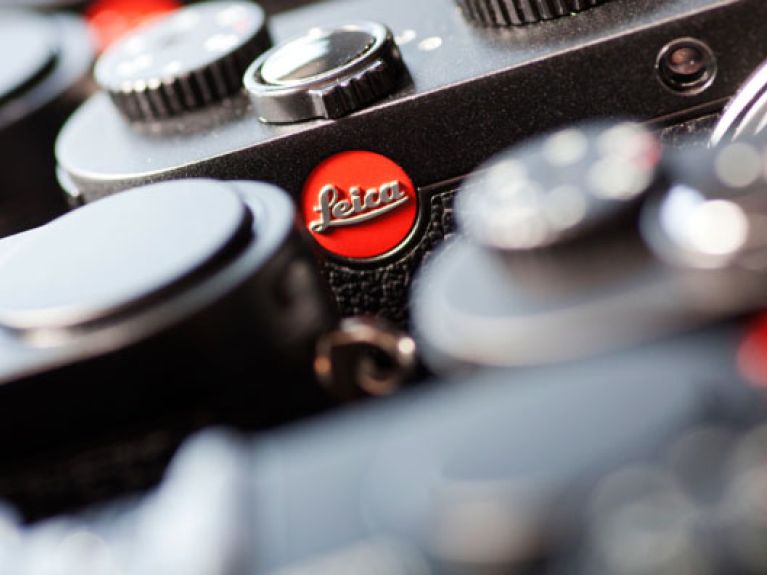The leica
Leica is not just a cult brand: these Germany-made cameras set international standards and – almost in passing – revolutionized photography and media reporting.

When Oskar Barnack developed the miniature camera 100 years ago, and the entrepreneur Ernst Leitz began mass-producing his employee’s invention, nobody could have imagined the consequences. Leica was to become a cult brand and revolutionize photography. And after Max Berek developed interchangeable lenses in 1925, its triumphant advance throughout the world began. The small, lightweight camera with the harmonious 3:2 width-to-height ratio and 24x36 mm picture format became the global standard. It also meant people could take 36 pictures without reloading. This “liberated” photography, because up until then you could only take static, single shots using heavy and bulky plate cameras. By contrast, Leica enabled photographers to take dynamic, live pictures – which was a boon, particularly for news reporting by the print media, because journalistic articles could now be enriched with “live scenes”.
Even in the digital age, Leica Camera AG remains true to its fundamental principle of focusing on the essentials: “Today, many manufacturers try to tempt the customer with countless features and absurd shapes. Almost everything is possible,“ says Andreas Kaufmann, Chairman of the Leica Supervisory Board. “But it’s the seemingly simple things that are often the most difficult. Leica always gives top priority to the needs of the users... We want Leicas to be tools for very special visual experiences, nothing more, nothing less,” Kaufmann explains. “This is why, ever since the first model, each mechanical and optical advance has concentrated on improving the functions that are really relevant. That’s why people are fascinated by the Leica brand – because we focus on the essentials.”
www.leica-camera.com/